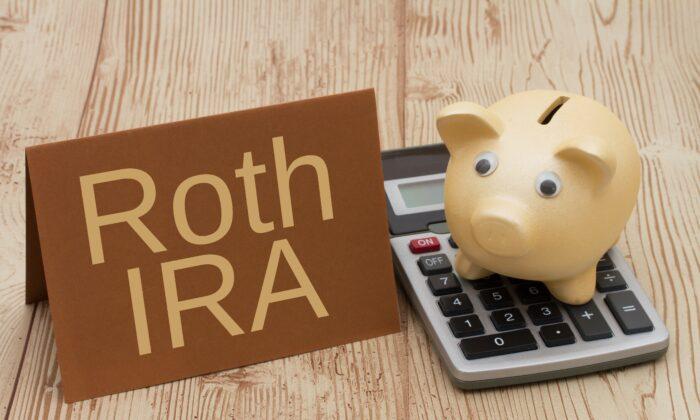Decades of salting away part of your paycheck in a 401(k) or similar plan can lead to a “tax bomb” later in retirement.
That often occurs when you’re in your early 70s and must begin required minimum distributions (RMDs) from tax-deferred retirement accounts, such as a 401(k) or traditional IRA. Those withdrawals are taxable and could potentially throw you in a higher tax bracket.
How to diffuse the tax bomb? Consider contributing to a Roth option in your workplace retirement plan, if offered. You won’t get a tax deduction for contributing to, say, a Roth 401(k), but your withdrawals will be tax-free as long as you’re 59 1/2 and have owned the Roth for at least five years. Also, under a new law, Roth 401(k)s will no longer be subject to RMDs starting in 2024.
Who should consider a Roth 401(k)? Young workers who are in a low tax bracket should consider investing up to 100 percent of their contributions in a Roth 401(k), says David McClellan, a partner with Forum Financial Management in Austin, Texas. For those savers, the tax deduction isn’t as valuable, and they have a longer time horizon for that tax-free money to grow.
High earners may want to funnel some of their contributions to a regular 401(k) to take advantage of the tax deduction. But even those savers should consider funneling some money into a Roth 401(k), especially if they already have significant assets in tax-deferred accounts.
While most large employers offer the option of a Roth 401(k), many small companies don’t. In that instance, you may want to contribute enough to your 401(k) to earn any matching contributions and divert the rest of your savings to more tax-efficient accounts.
One option is a regular Roth IRA, if your income is low enough to qualify.
Another option is a taxable brokerage account that invests in funds with low turnover of investments that can drive up your tax bill. Money in a taxable account won’t be subject to RMDs. You’ll pay taxes on capital gains, but the maximum capital gains rate on assets held for more than a year ranges from zero percent to 20 percent, depending on your income. Most investors pay a 15 percent rate, which is probably going to be lower than your ordinary income tax rate in retirement.
If you’ve already accumulated a significant amount of assets in traditional IRAs, you can still minimize taxes in retirement by converting some of that money to a Roth IRA. There are no income limits on conversions to a Roth IRA.
The big caveat here is that you must pay income taxes on any amount you convert, which means a large conversion could kick you into a higher tax bracket.
Fortunately, there’s no law that says you must convert all of the money in your IRAs at once. Instead, perhaps with help from a financial planner, figure out how much you can convert each year while remaining within your tax bracket.
(Sandra Block is a senior editor at Kiplinger’s Personal Finance magazine. For more on this and similar money topics, visit Kiplinger.com.)






